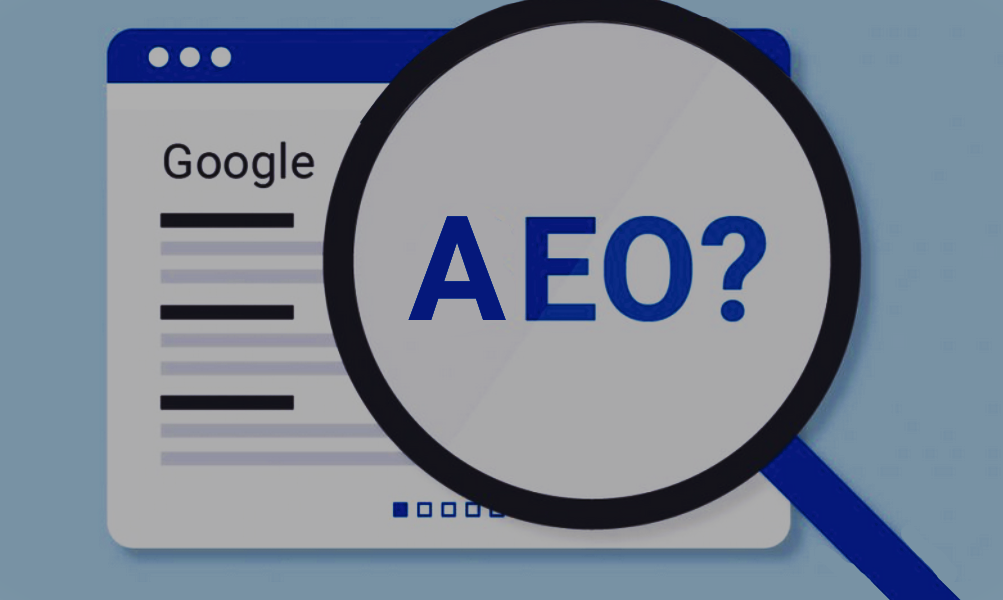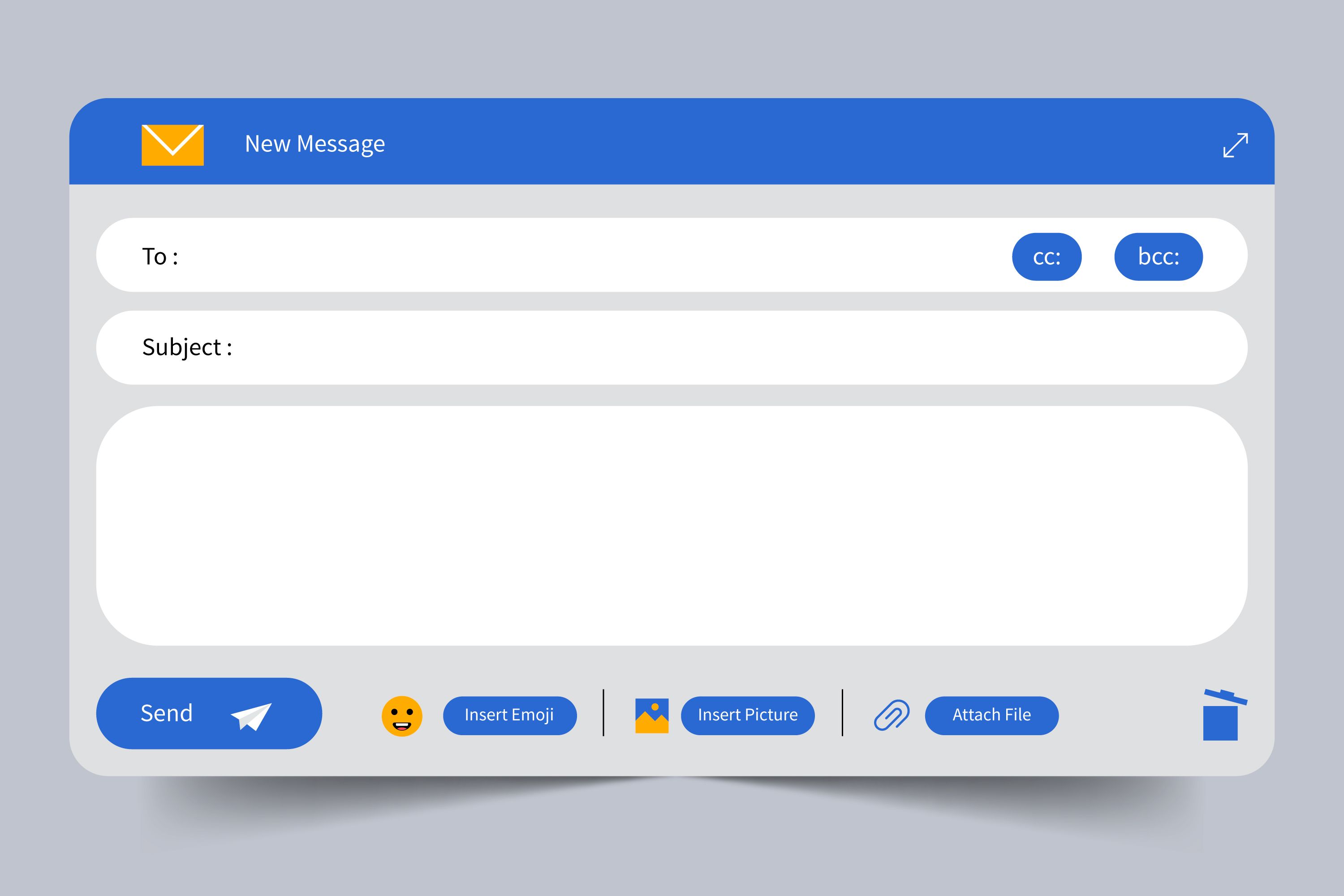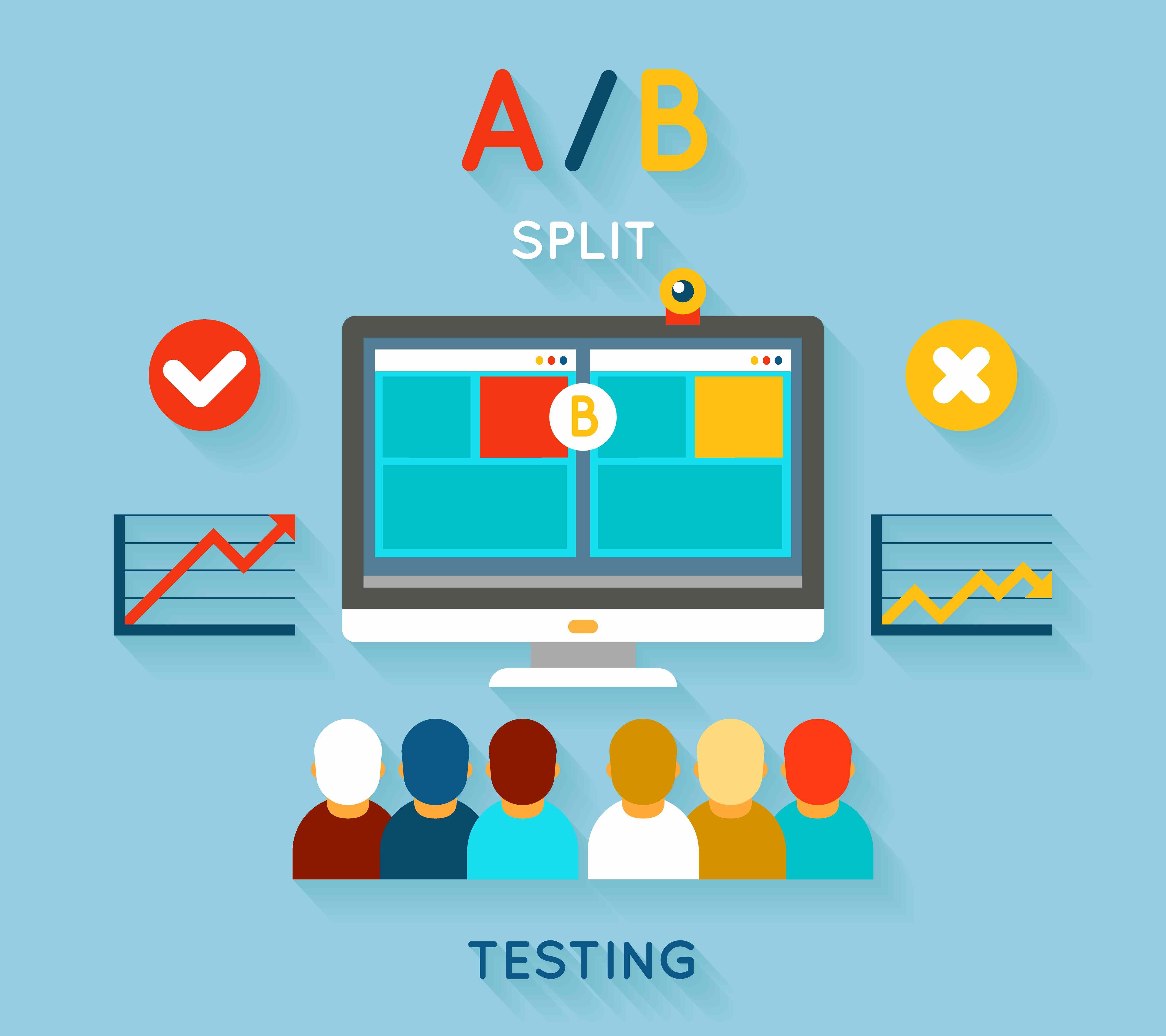
React is a Javascript library for building user interfaces developed and maintained by Facebook. It was initially released in 2013 and was open-sourced in 2013. Today, React is one of the most popular libraries for creating user interfaces in Web apps, particularly Single Page Apps (SPAs). Its core concept is that your UI should be built as a composition of self-contained components that interact with each other.
React primarily uses a “virtual DOM” implementation that optimizes the way information is exchanged between the browser and the servers hosting your application. A React component is a chunk of UI that can be reused in different parts of your app.
For example, a button component can be used on your login screen, your sign-up screen, and your settings page. Components are the basic building blocks of interactivity in React apps.
The key behind React’s success is the virtual DOM, which helps React build a lightweight and highly efficient representation of what the UI should look like. This virtual DOM is then used to calculate the minimal set of changes that need to occur in the browser’s DOM in order to produce the desired UI.
The virtual DOM is a representation of the browser’s Document Object Model, the standard scheme by which all browsers represent and organize webpages. The DOM is a tree-like data structure that organizes content on a web page, like images, headlines, and paragraphs, into a hierarchy that all browsers can understand.
The first thing to note is that, despite being created by Facebook, React is an open-source library. This means that it can be used by anyone for any purpose with no licensing obligations. Furthermore, the React codebase is written in JSX, a very readable Javascript syntax extension that uses XML-like tags. JSX is a bit of a standard in the React community, and its use is necessary for using React.
This has contributed to the popularity of React. React’s popularity can also be attributed to its “learn once, run anywhere” philosophy. It has been designed with simplicity and flexibility in mind so that it can be used in a wide range of projects.
This is mainly achieved through the use of component-based UI architecture. Components are reusable, modular UI elements that can be used in any part of your application. Since components are self-contained and don’t rely on other parts of the codebase, they can be used anywhere with minimal effort and no code duplication.
React is a completely modular library that can be used to construct applications in a number of different areas. The most common uses of React are in building web applications with JavaScript, Furthermore, many companies also use React for building websites, including Coursera, Lyft, Netflix, and Discord.
React is one of the most popular front-end libraries in existence, and it is only getting more popular with time. Although React is currently in version 16, Facebook has already started working on its next generation of the technology, codenamed React Next. React Next uses a completely new design philosophy and architecture and comes with a number of advantages over its predecessor.
There are a few things to note about React Next. First of all, React Next is not a sequel to the current version of React. It is a completely different framework, and it is important to note that the two will not interoperate.
There are hundreds of articles, video tutorials, and books that can help you get started with React. However, at TechloSet Solutions, we recommend checking out React’s official documentation, particularly the “Getting started” section. The React documentation is written in a straightforward and accessible way, and it is a great resource for beginners.
When it comes to online courses, there are thousands of different courses on React.
Here is an exhaustive Playlist of the best React JS video tutorials available online. Each video of them offers a unique perspective on React JS. These videos are ideal for both beginners and intermediate-level learners.
As one of the leading web development companies, we at TechloSet Solutions understand the importance of using the best technology when building your product. React is a powerful and accessible technology that has proven its worth in a wide range of projects. If you want to use React in your next project, get in touch with our team today! Our experts will be more than happy to help you build your next web application using React.
Vue.js is a progressive and incrementally adoptable framework for building User Interfaces. It is used for building reactive user interfaces and also coordinating data between components by using a Virtual DOM. With a concise and flexible syntax, this framework is easy to learn. It has a strong ecosystem with various plugins and tools to choose from. Vue.js is a great choice for modern web application development. It works especially well with an incrementally-adoptable approach to building applications, where you can choose the parts of the application that make sense to build with Vue and leave the rest as regular JavaScript.
The Vue.js development process has three main stages. - Build - In this stage, we’ll install the Vue CLI to generate a new project and start a development server. - Code - We’ll create two components to render the home page and build the app with the router. - Deploy - We’ll deploy our app to a production server and perform a code audit. The build process is where the code is compiled and bundled into a single file. And the coding process is where we write the code, which will be compiled during the build process. The build and code processes are done in two different stages and are independent of each other.
With the recent release of Vue 3.0, Vue has more than 50K stars on Github, more than 7000 forks and 400 contributors. With a long list of achievements in the past, Vue has created waves in the tech industry by promising new features in the upcoming updates. It’s been two years since Vue’s last major version has been released. Vue 2 was the first major release of Vue and was touted as being a “modern, component-based, UI Framework”. It offered a new way of structuring applications and brought with it a lot of excitement. But now it’s time to welcome Vue 3.0!
The best way to learn is by building something real. It will help you stay motivated, and you’ll actually have something to show for it at the end. Online courses are great, but the problem with them is that once you’ve completed the course, there’s nothing keeping you accountable and motivated. You’ll have to decide how much time you want to invest in learning the language, and if you’re going to go at a slower pace, online courses may not be the best option.
As one of the leading web development companies, we at TechloSet Solutions understand the importance of using the best technology when building your product. Vue Js is a powerful and accessible technology that has proven its worth in a wide range of projects. If you want to use Vue Js in your next project, get in touch with our team today! Our experts will be more than happy to help you build your next web application using Vue Js.
AngularJS is a Google-developed programming language that can be used to create dynamic, interactive websites. The concepts in AngularJS are easy to learn and use, making it an excellent framework for beginners as well as experienced programmers. If you’re curious about what AngularJS is, how it works, and why so many people like it, this section has everything you need to know. Let’s get started!
The first question that many developers ask when they’re new to the AngularJS framework is, “How does AngularJS work?”. The AngularJS framework is based on the concept of ‘mutable views’, which makes it easy for developers to build and update websites.
AngularJS is used to build dynamic web applications. The framework uses the Model–View–Whatever pattern for the front-end and the Model–View–Controller pattern for the backend. AngularJS can be used for Single Page Application or SPA. In SPA or Single Page Application, a single web page is loaded with the content and functionality of a website. It is loaded in a browser without reloading the page. This means that a user can access a website without refreshing the page.
AngularJS is one of the popular JavaScript frameworks. Using AngularJS, we can create mobile-friendly web applications with ease. The major advantages of AngularJS are: - It loads fast: Loads the application fast as the user can navigate through the application without reloading the page. - It has dynamic templates: Using a well-structured template, the user can navigate through the application without a hassle. - It has built-in routing: Using built-in routing, the user can navigate through the application without a map. - It has strong binding: The data binding feature is strong and can be used to bind the application. - It has a mobile-friendly approach: The mobile-friendly approach makes the application mobile-friendly.
If you want to learn AngularJS, there are plenty of ways to do it. Let’s take a look at some of the best ways to learn AngularJS. - Try Online Courses: One of the best ways to learn AngularJS is to take courses online. You can find plenty of courses on various websites. You can also choose to sign up for an online course that has a free trial period. - Use Free Resources: You can also use free resources to learn AngularJS. There are plenty of free tutorials available on the internet. - Use Books: Another great way to learn AngularJS is to use books. There are plenty of books written on AngularJS. You can either buy printed books or digital copies of the books.
Fast Loading: Loads the application fast as the user can navigate through the application without reloading the page.
Dynamic Templates: Using a well-structured template, the user can navigate through the application without a hassle.
Built-in Routing: Using built-in routing, the user can navigate through the application without a map.
Strong Binding: The data binding feature is strong and can be used to bind the application.
Mobile-friendly Approach: The mobile-friendly approach makes the application mobile-friendly.
Open Source: AngularJS is an open-source framework, which means anyone can access the source code of the framework
Rich Documentation: AngularJS has rich documentation, which makes it easy for the user to understand the features of the framework.
Complex Architecture: It requires complex architecture to work. The user needs to put in a lot of effort to build a simple application using AngularJS.
Steep Learning Curve: The steep learning curve makes the user go through a lot of effort to master AngularJS.
Boilerplate Code: It has a lot of boilerplate code, which can make it difficult to maintain the application.
As one of the leading web development companies, we at TechloSet Solutions understand the importance of using the best technology when building your product. AngularJS is a powerful and accessible technology that has proven its worth in a wide range of projects. If you want to use AngularJS in your next project, get in touch with our team today! Our experts will be more than happy to help you build your next web application using AngularJS.
There are many frameworks out there that can help you build web applications quickly. However, not all are created equal. When comparing frameworks, it’s important to consider their features and who they’re best suited for. This will help you pick the right one for your next project. With so many frameworks to choose from, it can be difficult to know which one would best suit your needs. Hopefully, this article has helped you to better understand the differences between React, Angular, and Vue and will help you make the right decision next time you need to build a new app!
If you want to use React Js, AngularJS, or Vue Js in your next project, get in touch with our team today! Our experts will be more than happy to help you build your next web application using any of these frameworks.





